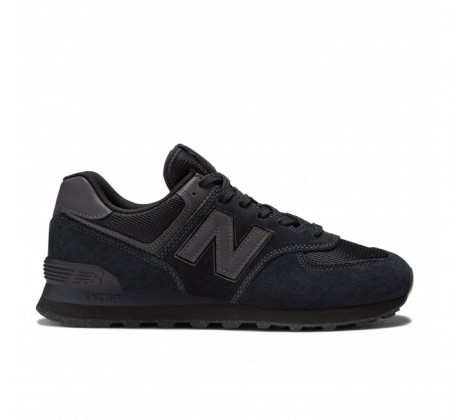"Handcrafted from light-weight titanium and finished with precious metals."
Plating titanium is not a game for children.
Q. I need to electroplate silver onto grade 2 titanium and have pickled the titanium in 1% HF acid but am still getting poor adhesion.
A. Getting good adhesion on titanium is very difficult and usually involves more than a one-step pickling process. ASM Metals Handbook Vol. 5, Surface Engineering, has a good chapter on preparation of titanium for plating. There is also a procedure to nickel plate the titanium and then bake it for diffusion, ASTM B481, which may be applicable to your needs.
https://www.finishing.com/405/58.shtmlIssues With Plating on Titanium
Plating on titanium has long been considered an extremely difficult, if not impossible, process to master. The biggest issue is that titanium is a highly reactive metal. Specifically, titanium reacts with the oxygen that is produced by many plating processes to form a passive film on the underlying substrate. This film generally prevents sufficient bonding of the metal coating that is applied during plating, rendering the process ineffective. In order for titanium electroplating to occur with any success, the chosen process must promote adhesion between the metal coating and the substrate. The method must also completely remove the native oxide and keep it away for the duration of the plating process. Finding a plating-on-titanium company that is capable of achieving each of these objectives can be nearly as difficult as the process itself. At present, there are only a handful of metal finishing entities that can provide a reliable cost-effective titanium electroplating process. Luckily, Sharretts Plating Company has the expertise and knowledge required to properly perform the titanium electroplating process.
Plating on Titanium With Nickel
Nickel is one metal that has been used for plating on titanium with a relatively high level of success. A nickel coating can increase the corrosion resistance of the titanium substrate and make it less susceptible to wear. In general, the process should consist of the following steps:
Use a solvent to degrease the substrate.
Scrub the surface with a pumice powder paste in water.
Apply an alkaline cleaner and rinse thoroughly.
Immerse the substrate in a 500 ml hydrochloric acid/500 ml water solution and rinse thoroughly.
Immerse the substrate in a hydrofluoric acid (48%) 120 ml/ nitric acid 400 ml/ Water to 1l solution and rinse thoroughly.
Immerse in a hydrofluoric acid (70%) 130 ml/ Acetic acid 830 ml/ water 40 ml for anodic treatment.
Apply a 15-30 ASF electrical current density at room temperature and rinse quickly.
Immerse the substrate in a sulfamate nickel plating bath maintained at a temperature of 145°F and 1000 ASF and rinse thoroughly.
Heat-treat in an inert-gas atmosphere at 480°C for two hours to promote adhesion.
https://www.sharrettsplating.com/base-m … s/titaniumLMAO - after that plating silver onto nickel should be quite easy.
I suggest questioning their pickling process and asking for your money back.
Last edited by Dilbert_X (2025-08-21 03:43:23)














